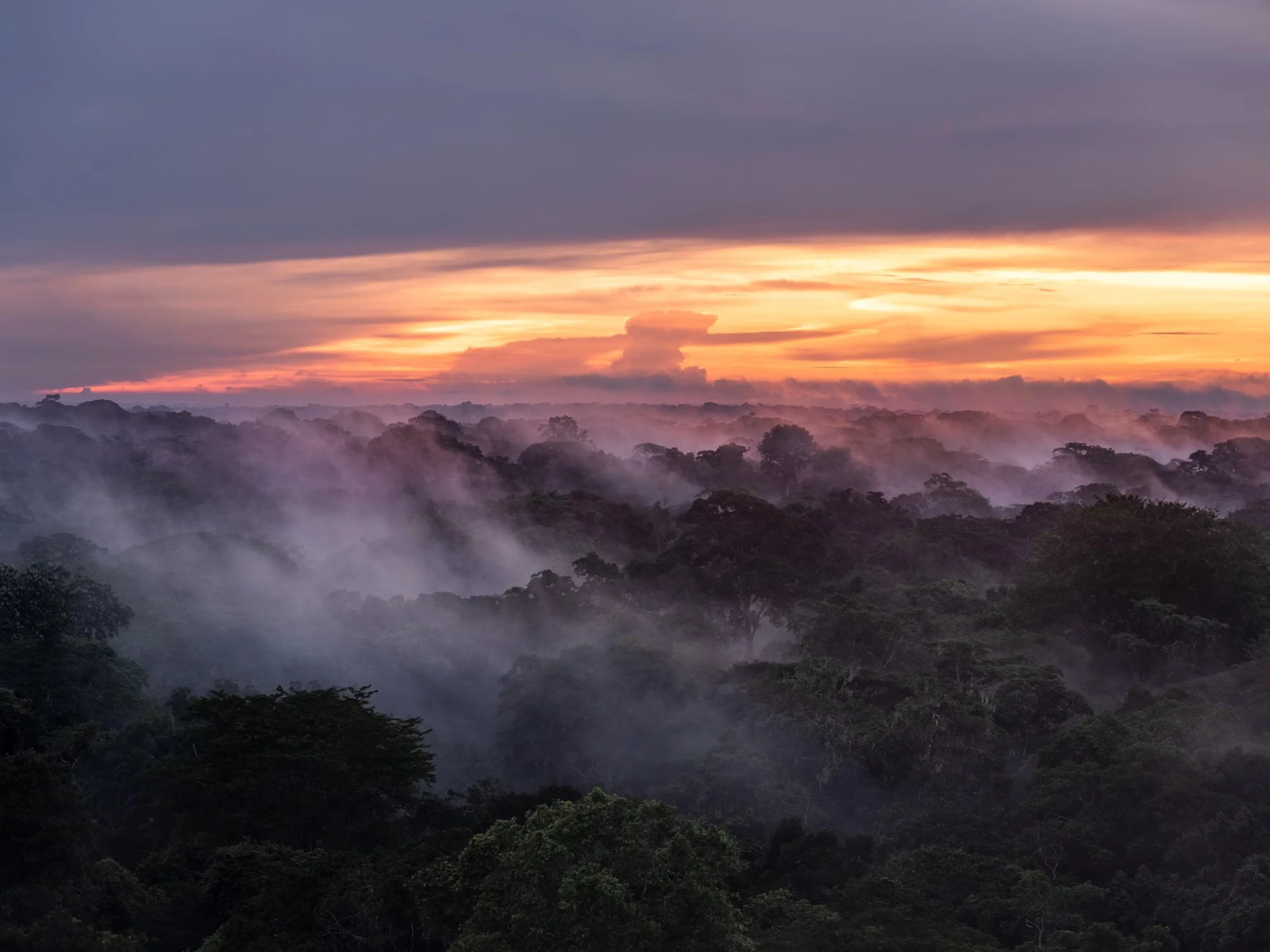Congo Basin Carbon Research: A Critical Front in the Climate Crisis
The Congo Basin, often overshadowed by the Amazon in global climate discourse, is emerging as one of the most vital ecosystems in the fight against climate change. A new report from National Geographic highlights how this vast tropical forest stores massive amounts of carbon and plays a crucial role in regulating the Earth’s climate.
Unlike other major carbon sinks, the Congo Basin has received limited international funding and attention. Yet its peatlands alone may store the equivalent of 20 years’ worth of fossil fuel emissions from the United States. With increased deforestation, logging, and land conversion threatening these reserves, scientists and local researchers are racing to understand how much carbon is stored—and how much could be released.
This research is also deeply tied to justice and equity. Many of the researchers involved are from the Congo itself, working to assert regional ownership over data and climate strategies. Their work not only protects the planet but also strengthens scientific sovereignty in a region long overlooked in global environmental efforts.
The photographs accompanying this report were taken by Nichole Sobecki, a member of Convisero and award-winning photographer based in Nairobi. Her work chronicles how climate change is reshaping our planet and humanity’s connection to it. The report also features the investigative journalism of Mélanie Gouby, a London-based filmmaker and journalist who has spent more than a decade covering conflict, inequality, and environmental issues across Africa.
This story appears in the April 2025 issue of National Geographic Magazine. The nonprofit National Geographic Society, committed to illuminating and protecting the wonder of our world, funded the work of Explorers Mélanie Gouby and Nichole Sobecki.
To learn more about the Congo Basin’s critical role and the scientists leading the charge, read the full article here:
National Geographic – Congo Basin Carbon Research

